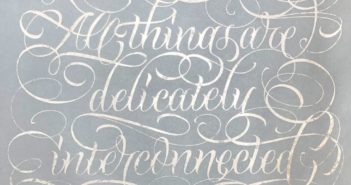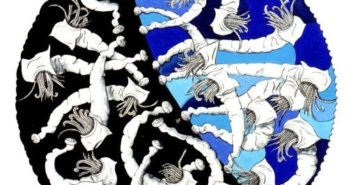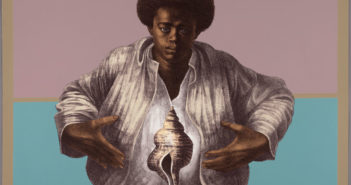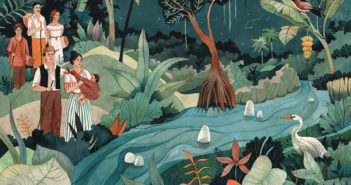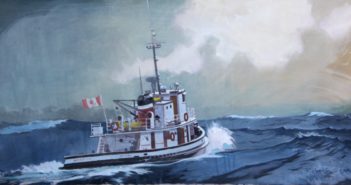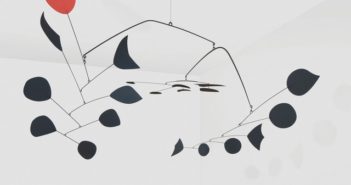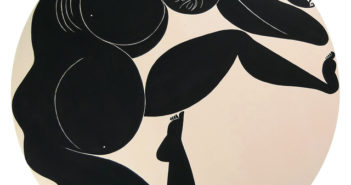
Art in small places
Last Sunday, in a shock of re-entry, two visitors came to the studio — the first in six weeks. They arrived at the door wearing masks, and we introduced ourselves for the first time with what felt like both a momentous and unsatisfying wave, from six-feet apart. I resisted the urge to embrace them properly. I did my best to show them what their presence meant to me. My visitors seemed weary of the protocol and sat down amongst the paintings I’d been working on at my new, yogi-like pace. We discussed the immediate future of the art world before talking about painting. Our visit was tinged with a calm and realism about the unknowns that face our special ecosystem. After an hour, we thanked each other and they got into their cars and drove away.


